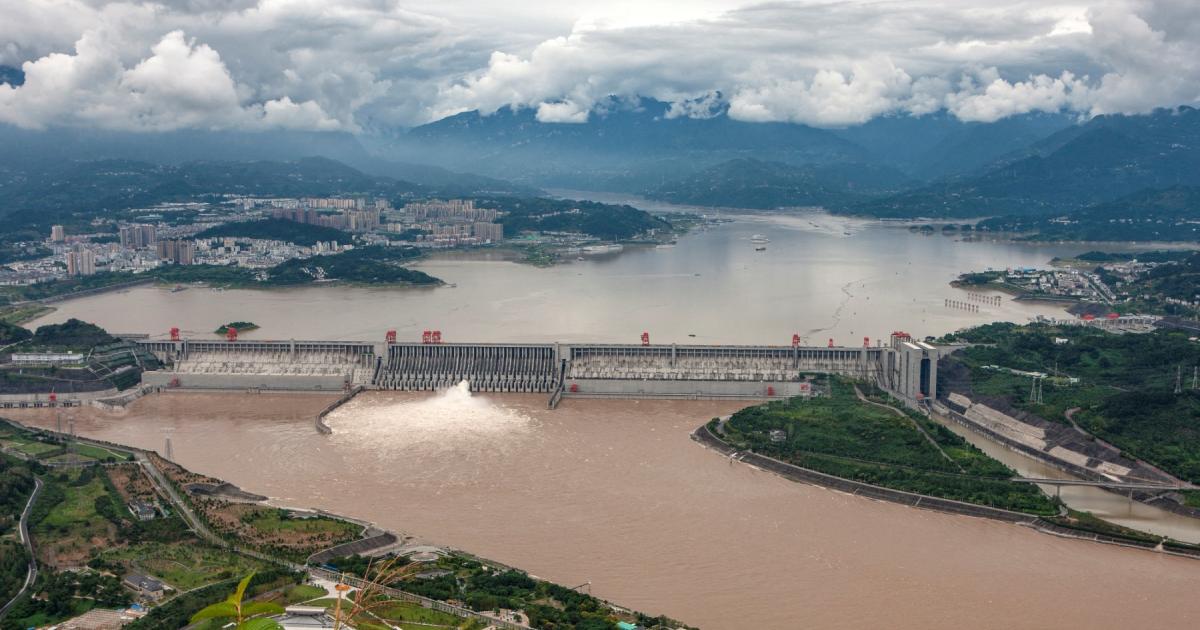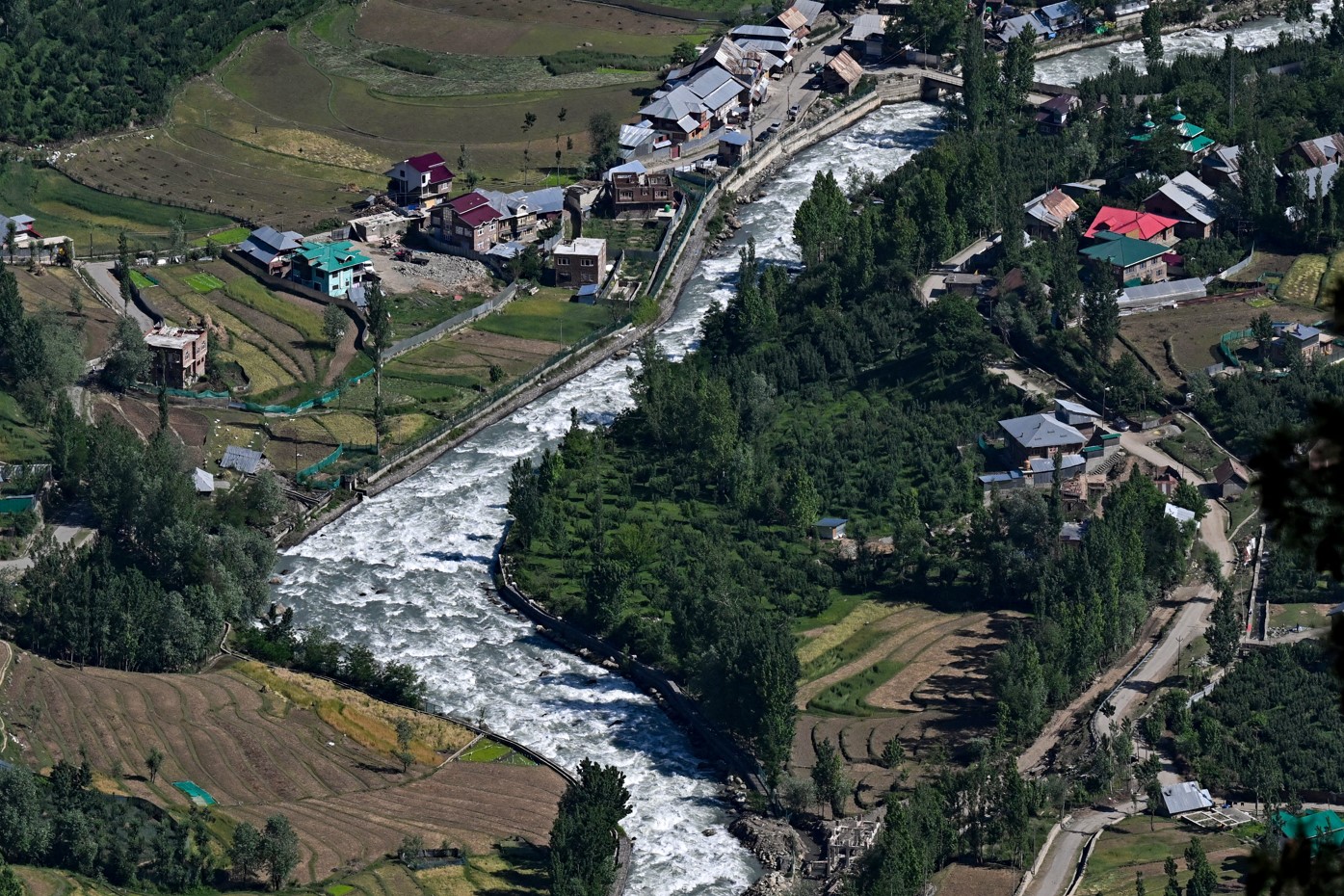China formally launched a $ 170 billion dam about 50 km from the Indian border, called Yring Zhangbo in China, called Yring Zhangbo.
The river enters the Indian state of Arunachal Pradesh, from where it integrates the Bay of Bengal through Assam and then Bangladesh.
It is being called the largest dam in the world, and that is why India and Bangladesh, the lower areas of the river are in serious concern about it.
According to the British news agency Reuters, the project is larger than China’s current water project, Three Goraj Dam, and after the announcement of the construction of the project, has seen an increase in shares of Chinese manufacturing and engineering companies.
The project for Beijing is a motivator for environmentally friendly energy, employment and slow economy, but it is reviving old concerns for neighboring countries under the river, which is a source of life for millions of people here.
What is the plan?
Under the scheme, five dams will be built on a 50 km long river in the mountainous region of Tibet, where the river naturally falls 2,000 meters below.
The project has given very little information about the start of power generation from the project or by the early 2030s, but in addition, China has given very little information about the construction method of the project.
Why is there a concern for neighboring countries?
Lack of information in China is increasing water security concerns in India and Bangladesh as these countries rely on irrigation, electricity and drinking water on the Brahmapatra river.
According to Hindustan Times, the Chief Minister of Arunachal Pradesh said earlier this year that 80 % of the Chinese dam river could be drought and at the same time, if water is released, the risks of floods in the lower areas, such as Assam, may increase.
https://www.youtube.com/watch?v=vlga5cv7888
Professor Michael Sticker at Columbia University told Reuters that the dam will not only reduce water, but will also reduce soil flow, which brings the necessary nutrients for agriculture to fertile plains.
India and China also fought in the same region in the 1960s. Lack of transparency of Beijing by Chinese affairs at the University of Arizona told Reuters that the lack of transparency by Beijing is increasing the speculation that China can use the dam to prevent water in a possible dispute.
On the other hand, China has dismissed these concerns.
This section includes relevant reference points (related nodes fields)
The Chinese Foreign Ministry said on Tuesday: ‘Construction of Yelling Zhangbo Hydroelectric Project is a sovereign case of China. The project will provide environmentally friendly energy and help prevent floods. ,
The Chinese Ministry also said that Beijing has discussed the need for information like water flow, flood control and disaster deal with the countries given below.
Meanwhile, the Indian Ministry of External Affairs and the Ministry of Water Resources did not comment.
Will Bharat Dam really face dehydration?
According to Seyniangshu Modek, the effect on the water flow of this dam is exaggerating because most of the water in the Brahmapitra river comes from the rain of monson, which is south of the Himalayas and not in China.
He said that China’s project is ‘River run’, in which the water flows on its natural route.
https://www.youtube.com/watch?v=hnaktbspm4w
India has proposed to build two identical dams on the river, one of which is in Arunachal Pradesh, which is an 11.5 GW project, which will be India’s largest hydroelectric project on completion.
According to Sianziangshu Modec, the purpose of these projects is partially that India can strengthen its claim for its river rights so that if China tries to remove water in the future, India may be valid with legal justification that it is already using water.
Aquatic dispute is not new
Conflict on dams and water safety is not new. Pakistan has accused India of using common water as a weapon, especially when India announced its return from the Indus Treaty.
Similarly, an Egyptian politician has threatened to bomb the controversial dam in Ethiopia on the Neel River.
Earthquake and severe weather risk
The dam is being built in an area that is affected by natural disasters, and where soil, glacier lakes suddenly flow and stormy weather are common.
The rapid speed of dams in the region has already expressed concern among experts, especially when a serious earthquake occurred in Tibet recently.
Another small hydroelectric project that is being built on a tributary nearby has also stopped even after a short construction period of four months as the challenges of the height and severe winter are facing serious challenges.



